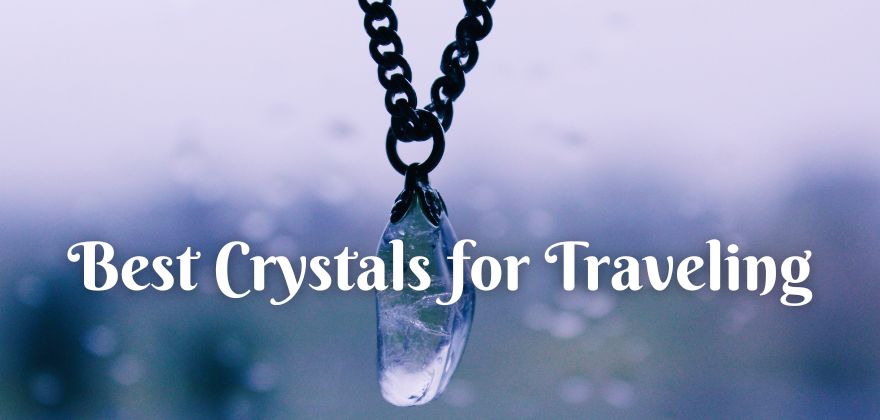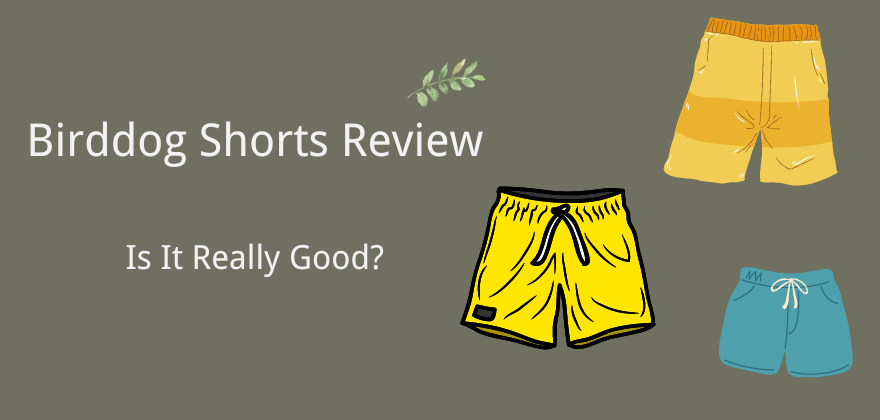Patagonia Vs North Face: Which Is Better For Outdoors?
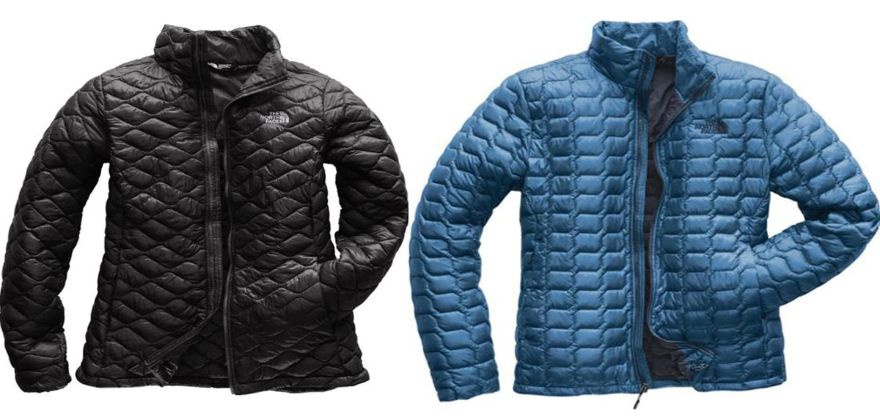
Numerous businesses offer outdoor equipment, clothing, and supplies, but the best of these stand out from the competition by offering products that are not only long-lasting, of the highest quality, and designed to keep you alive but are also produced in an ethical and environmentally responsible manner.
These two industry leaders: The North Face and Patagonia, are invariably present when shopping for outdoor clothing such as a jacket, fleece, or vest. It’s difficult to say which of these two outdoor clothing companies is superior, though. Both brands have been around for a while and produce comparable product lines, particularly when it comes to jackets.
So that you can choose wisely where to buy before your next outdoor adventure, we’re comparing Patagonia vs. North Face.
What Is The North Face?
A San Francisco couple who loved the outdoors founded The North Face in 1966. In its first two years of operation, the North Face only sold camping and climbing gear out of a small shop in the Bay Area. The North Face would change owners several times over the following few years before declaring bankruptcy.
But in the 1990s, just as everyone began to believe that the company was doomed, they made their big break with the Nuptse jacket. The North Face is now owned by VF Corporation, which has helped it rise to the top of the outdoor gear market.
These days, The North Face sells a wide selection of outdoor clothing as well as outdoor equipment, including sleeping bags, climbing equipment, and a lot of warm outerwear. Who doesn’t adore a premium North Face jacket, let’s face it?!
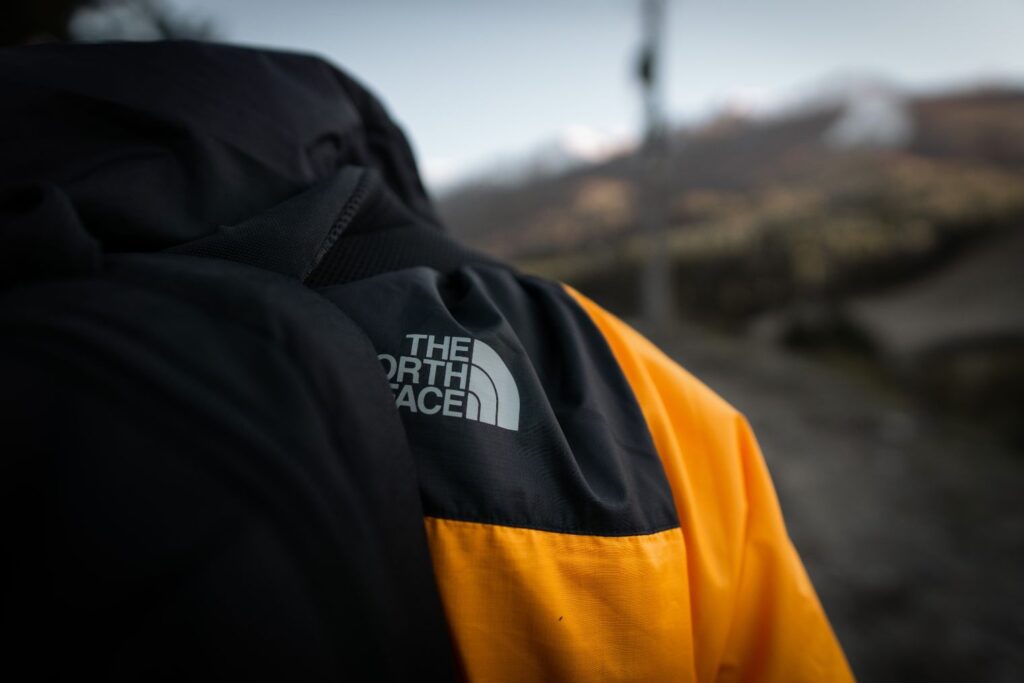
Numerous waterproof products made with their own GORE-TEX membrane and DryVent fabrics are available from them.
What Is Patagonia?
Young and accomplished rock climber Yvon Chouinard founded Patagonia in 1973 in Ventura, California. From the start, Patagonia concentrated on offering top-notch goods to outdoor enthusiasts and made their love of the environment known.
Patagonia is the company to choose if you’re looking for one that values sustainability and environmentalism. The business started giving away 10% of its earnings to nonprofits in 1986. Additionally, 56% of Patagonia fabrics are Bluesign-Certified, demonstrating the company’s commitment to producing products of the highest quality while using the fewest resources possible.
Similar to The North Face, Patagonia offers a variety of outdoor apparel items as well as outdoor equipment that can be used in the backcountry, including sleeping bags, climbing equipment, and backpacks.
Patagonia also offers a wide range of waterproof products made from H2No Performance fabric and a fluorinated DWR finish (durable water repellent).
North Face Vs Patagonia: Materials & Manufacture
North Face
The use of recycled synthetic materials by the brand is well known, as was previously stated. The North Face ensures that organic materials, like down or cotton, are sourced responsibly and ethically with the aim of minimizing environmental impact.
The North Face employs a variety of long-lasting water-repellent treatments, just like many other jacket manufacturers. Unfortunately, some of the DWR finishes from this particular brand do contain hazardous chemicals, but the company’s engineers are actively working to replace them with PFC-free alternatives.
Anyone who is familiar with The North Face products is aware of the company’s use of a variety of specialized fabric technologies. The North Face additionally uses its own waterproof material, DryVent, in addition to Gore-Tex, which is utilized by numerous other clothing companies (such as Patagonia). DryVent, which comes in a few different variations, is completely windproof and water-resistant but also surprisingly breathable.
The wind-resistant fabrics WindWall and FlashDry, as well as other proprietary technologies, are noteworthy. The brand’s collaboration with PrimaLoft, a pioneer in synthetic insulation, also gave rise to the previously mentioned ThermoBall collection.
Patagonia
The jackets and vests produced by Patagonia, one of the most well-known producers of hiking gear, are made only from the finest materials. As to be expected, this is frequently reflected in the product price tags (more on that later).
Patagonia utilizes Gore-Tex in some of its clothing, just like its rival. However, its engineers have developed their own, exclusive waterproof fabric called H2No. This fabric is available in three varieties with varying levels of breathability and durability. It is typically made of a breathable membrane and a water-repellent shell.
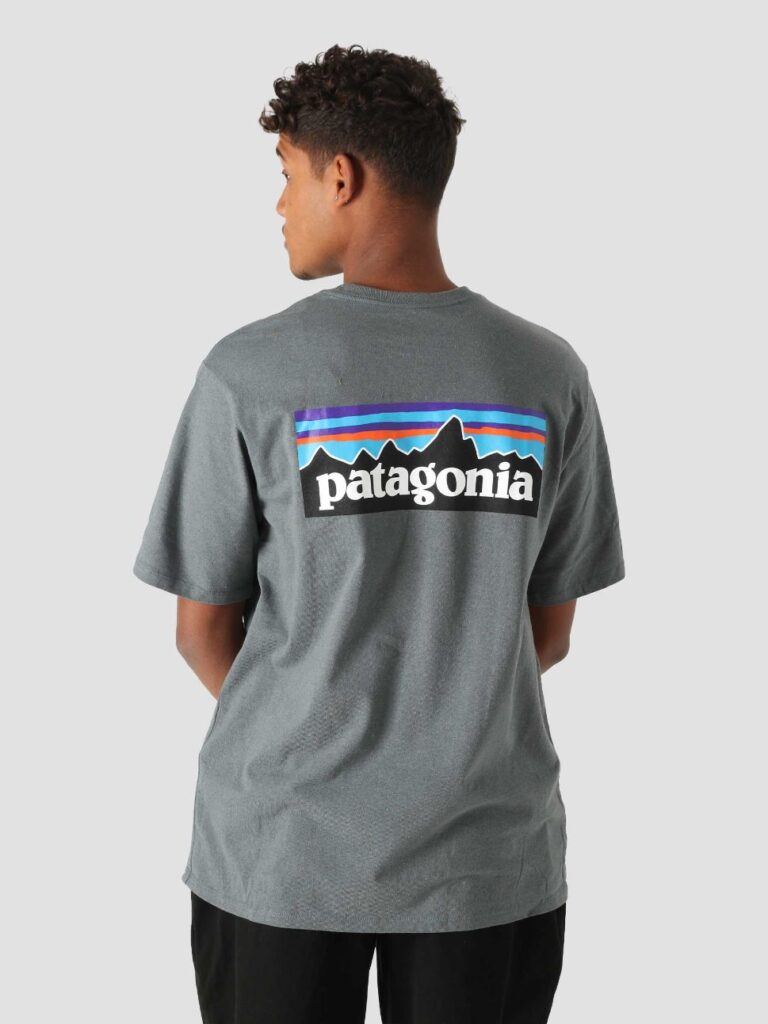
Due to its widespread use in Patagonia’s waterproof clothing, the long-lasting water-repellent finish is also deserving of mention. This unique water-repellent treatment, known as the Deluge® DWR coating, lasts longer than comparable technologies and consequently requires fewer reapplications.
Apart from using premium quality materials, Patagonia is well-known for utilizing the so-called “24 Killer Wash” testing process. The fabrics are subjected to difficult circumstances during this process, to put it simply. The H2No Performance Standard Status, or “H2No Status,” is awarded to the fabrics that pass this test. they are proven to be highly durable and fully waterproof.
North Face Vs Patagonia: Prices & Warranty
North Face
Although the North Face offers a number of affordable jackets and vests, some of their items can cost $500 or even more. In other words, even though The North Face isn’t the most cost-effective brand available, it is still a more affordable alternative to Patagonia.
This is because The North Face offers a wider selection of more affordable products than Patagonia, which is almost entirely devoted to high-end apparel and equipment. However, it should be noted that The North Face Jackets will almost always be very expensive because they are exceptionally well-made and their production requires additional precautions to ensure sustainability.
A limited lifetime warranty is included with the majority of The North Face products in terms of coverage. This warranty covers flaws in the workmanship or the materials but does not cover harm brought on by normal wear and tear or improper maintenance.
Patagonia
Patagonia’s equipment and clothing are generally more expensive when compared to The North Face products; the typical jacket costs $130 and up.
However, you can be sure that the products you buy from this company are of the highest caliber. Additionally, as we already mentioned, you’re helping a company that makes outdoor clothing and donates a portion of its earnings to support various environmental initiatives.
Patagonia offers something called the “Ironclad Guarantee” when it comes to warranty. It’s a standard business procedure that enables dissatisfied customers to send back the items they purchased for a refund, replacement, or repair. The “Ironclad Guarantee” does not cover regular wear and tear, but offers repairs at reasonable prices.
North Face Vs Patagonia: Environmentalism & Conservancy
North Face
One area where The North Face and Patagonia differ from one another quite a bit is how they approach environmental activism. To put it bluntly, TNF spent the majority of its time over the course of its existence concentrating far more on product innovation than on just causes.

That’s not to say they were dumping chemicals into the water supply, but rather that the company initially didn’t prioritize environmental activism. Things have undergone a significant change in recent years. For instance, The North Face has pledged to use only responsibly sourced materials in the construction of all of its gear by the year 2025, with all of the company’s footwear following by 2030.
Additionally, the company is constructing circular systems to aid in minimizing waste as much as possible. Additionally, they have developed a program called Renewed that involves refurbishing used equipment into like-new condition rather than having it end up in a landfill. Even their packaging is getting a makeover in an effort to get rid of single-use plastics by 2025.
As previously mentioned, The North Face didn’t always place a high priority on environmental protection and sustainability, but since then, the company has made significant progress in that direction. Even so, competing with a company like Patagonia is pretty difficult.
Patagonia
Few companies, especially bigger ones, can compare to Patagonia when it comes to environmental activism. In fact, protecting the environment is ingrained in Patagonia’s DNA, as was first demonstrated by the founder’s efforts to create rock climbing techniques that were less damaging to the environments in which they were used. And that was only the beginning of events.
Patagonia has fought for environmental causes for a long time and has continued to do so. This includes investing a lot of time, energy, and manpower at all levels of the company, including the executive level.
In the 1970s, when Patagonia fought to halt a coastal development that would harm the natural habitat, that began on a relatively small scale. But it accelerated in 1988 when the company started its first significant environmental campaign in opposition to the urbanization of Yosemite Valley. Since then, Patagonia has launched at least one similar campaign every year it has been in operation.
As an example, Patagonia has fought for native-led land management, stopped the construction of extremely harmful oil pipelines, and even went so far as to sue former President Donald Trump for reducing protected National Monument lands by as much as half. Patagonia simply engages in combat for the sake of the world.
Although Patagonia certainly deserves praise for such efforts, you can rest assured that the company would keep up the good fight regardless of any recognition because that is what they do. Oh, and did we mention that 1% of sales support environmental justice? Well, they do.
Conclusion
So hopefully this article will have helped you choose a business. The North Face, in general, has a wider selection of products. Their clothes are more affordable and, in our opinion, are designed to be more stylish.
It’s clear that Patagonia has an advantage when it comes to technical performance and useful equipment. Although less streamlined, their jackets are far more robust and better able to adapt to movement than those made by The North Face.
They both provide outdoor clothing and equipment that is essentially identical. So, choosing which brand to use is really up to you.

